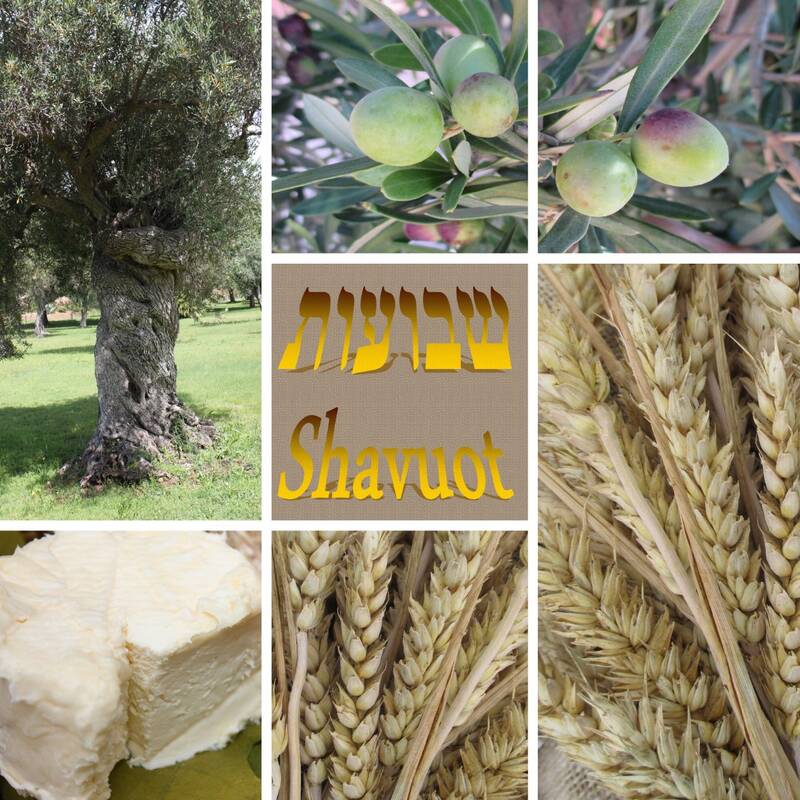JEWISH HOLIDAYS
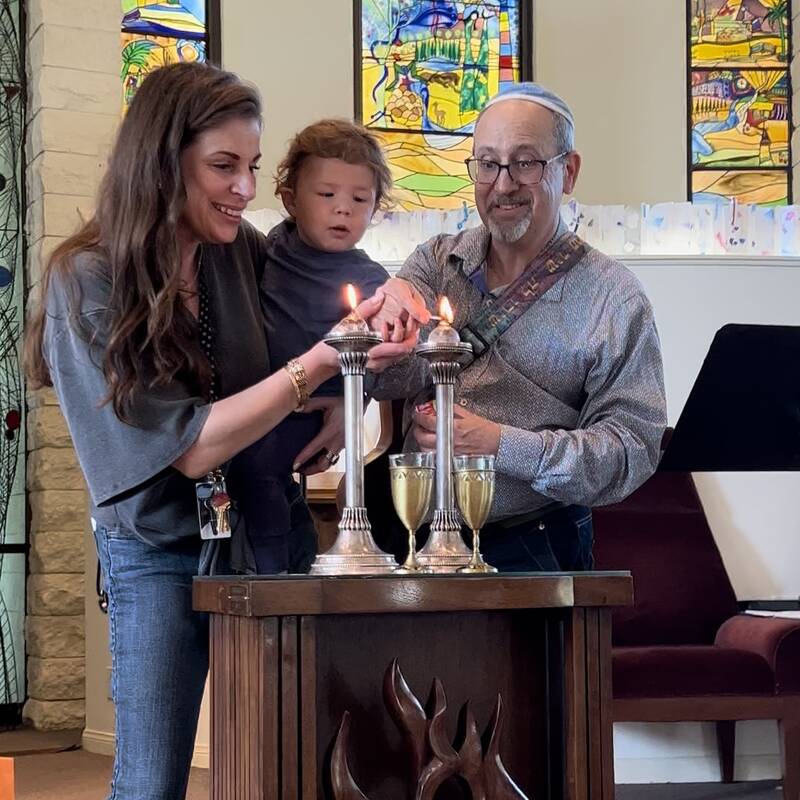
SHABBAT
Although the Sabbath lasts from sundown Friday to sundown Saturday, we celebrate Shabbat at school every Friday morning. We sing Judaic songs, make special art projects and read stories about this special day. Each child makes their own challah to bring home. All classes gather in the synagogue with the Rabbi and Cantor to enjoy a snack of grape juice and challah after reciting the blessing over the candles, juice, and challah.
ROSH HASHANAH
The Jewish New year is called Rosh Hashanah. Rosh mean “head” and “shana” means year in Hebrew. It is the first day of Tishri in the Jewish calendar. We eat sweet tasting foods, such as apples dipped in honey, signifying the hope that we will all enjoy a sweet new year. We also eat a round challah to remind us that the year goes around and around. The shofar, a horn from a ram, is blown to announce the beginning of the Jewish year.
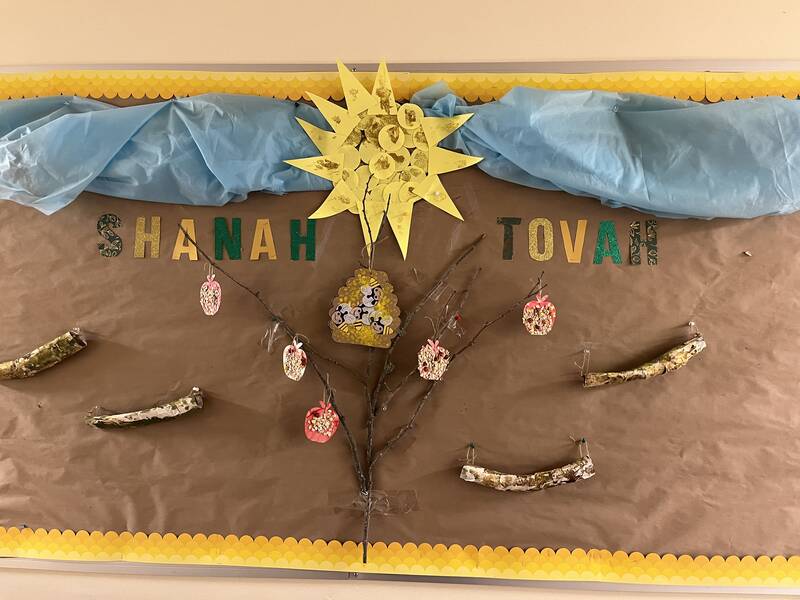
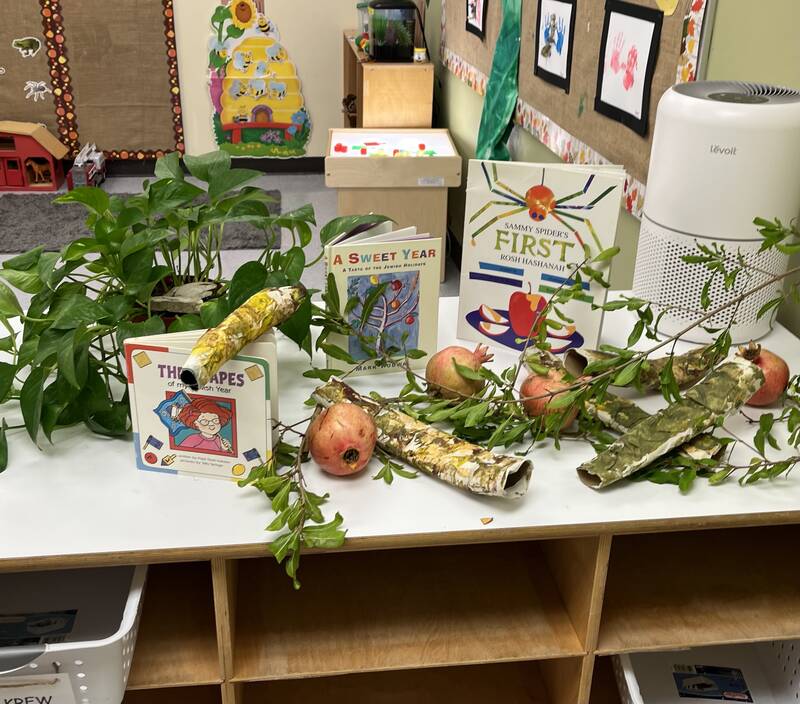
YOM KIPPUR
This is the most solemn holiday of the year -- the Day of Atonement. It comes 10 days after Rosh Hashanah. Between the days of Rosh Hashanah and Yom Kippur, we try to find ways to make ourselves better people. People may go to Synagogue to atone for their sins before they try to right their wrong doings to people from the previous year. Many adults may spend the day fasting to keep their mind clear. At preschool, we will be talking to the children about being a better friend and helper in their family.
SUKKOT
Five days after Yom Kippur, we celebrate Sukkot for a whole week. We begin by building a small booth or hut, called a “sukkah.” Some families build a sukkah at their homes and will eat their meals in them to remember how the Jewish people wandered the desert, and later on, harvested their crops to give them thanks to God. During Sukkot, we express our thanks for the food that comes from earth by reciting a special blessing over the plants and fruits of Fall. We use a Lulav-a long palm branch wrapped in myrtle and willow branches, and an etrog-a citron that looks like a lemon. We say special prayers with the Lulav and the etrog, waving them in all directions. Our preschool children will make special decorations for our synagogue sukkah and eat their snacks in it.
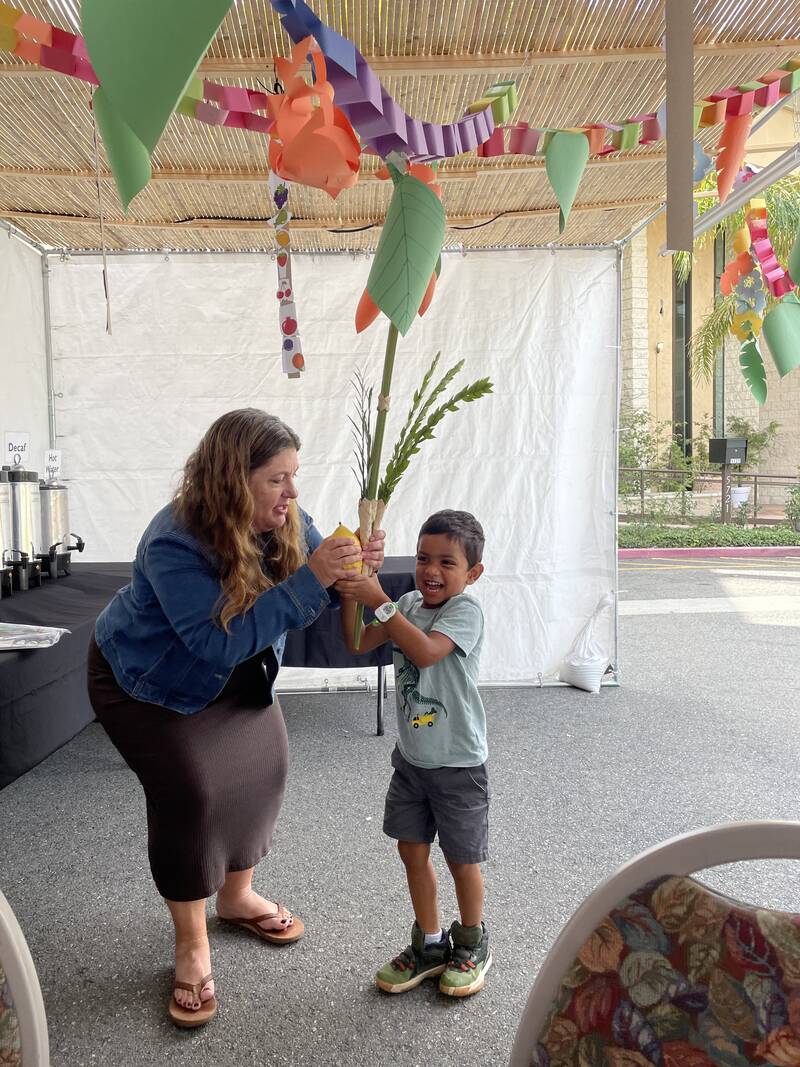
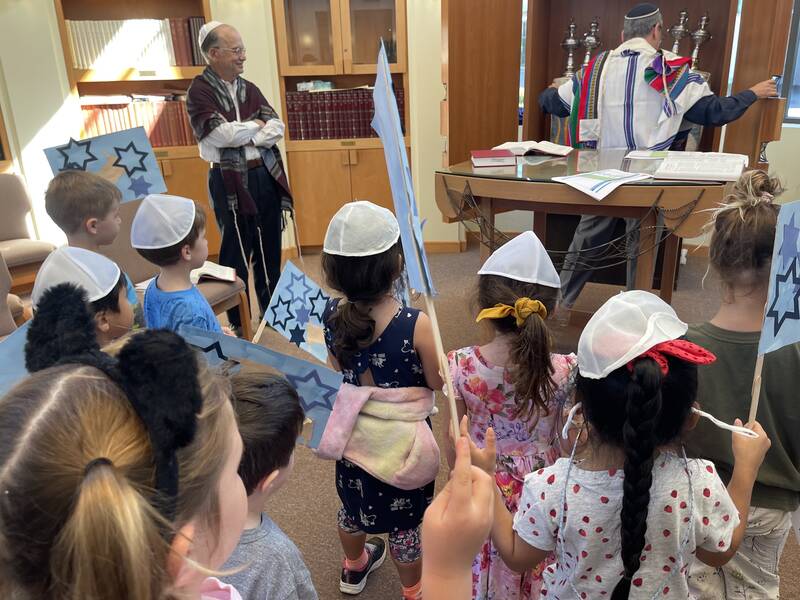
SIMCHAT TORAH
The Torah is a very special scroll. It tells about the creation of the world and the story of the Jewish people. It also contains the rules Moses received from God and gave to the Jewish people to help them live in peace. On the holiday of Simchat Torah, the last section of the Torah is read.
Simchat means rejoicing in the Law. It is on one of the gayest Jewish holidays and is celebrated immediately after Sukkot. Our Rabbi and Cantor will lead us in a parade around our synagogue, marching and singing songs. The Torah scroll will be turned back to the beginning, all set to be read again.
HANUKKAH
Of all the holidays we celebrate, Hanukkah is probably the most familiar. It commemorates the military victory of the Maccabees over their Syrian oppressors.
At Hanukkah, we recall the rededication of the temple, as Hanukkah means dedication in Hebrew. We recall the successful fight for religious freedom waged by the Maccabbees. We celebrate Hanukkah by lighting a special menorah, called a Hanukkiah for all eight days of the holiday. We play games of dreidel which recall the miracles of the Maccabbees. We eat foods cooked in oil, like potato latkes and jelly doughnuts.
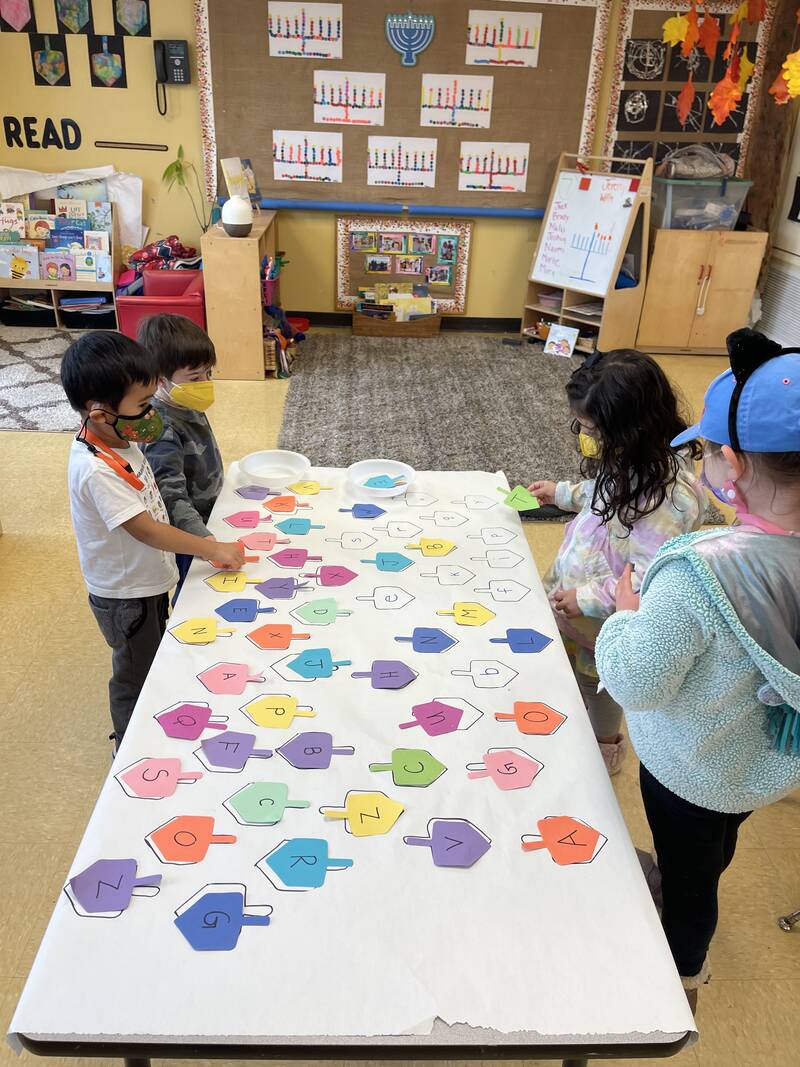
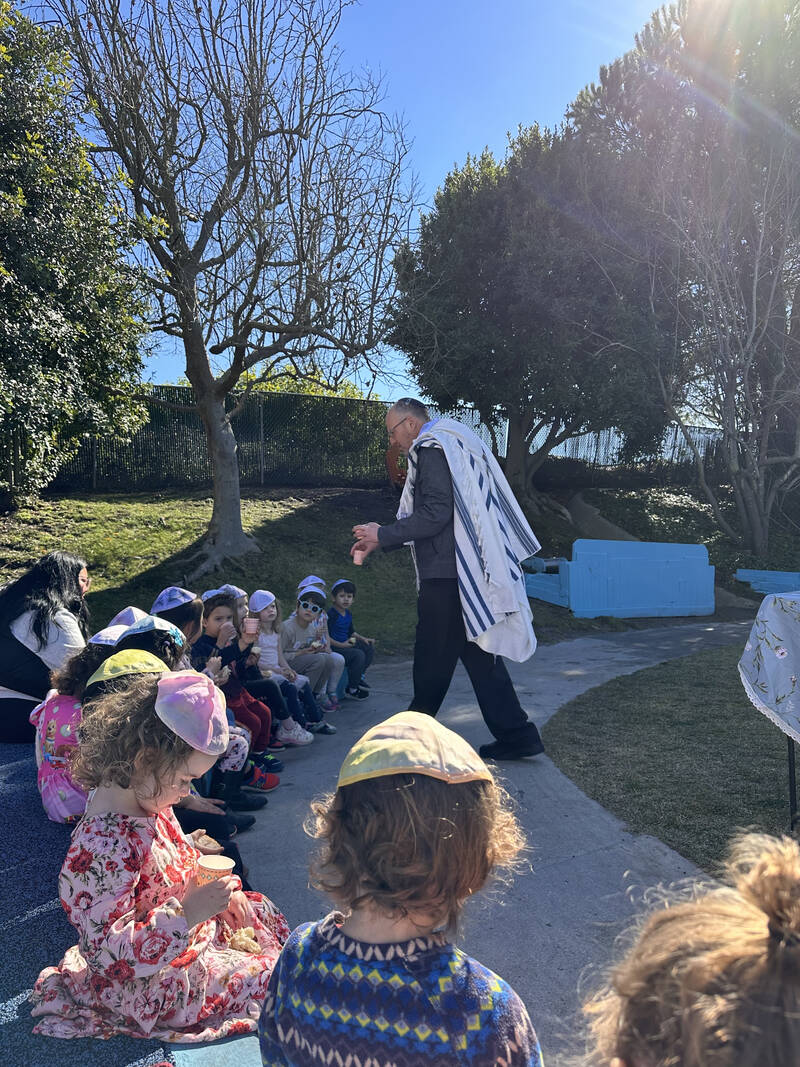
TU B'SHEVAT
Rosh Hashanah is the birthday of the world. The fifteenth of the month of Shevat is the birthday of the trees. Jewish people have always acknowledged the importance of plant and animal life. Traditionally, we plant cedar trees to honor the birth of sons and willow trees to honor the birth of daughters.
Tu B’shevat directs our attention toward the earth, the land of Israel and the way we treat nature. There is a Sephardic folktale that says at midnight of Tu B’Shevat, the trees stretch out their branches and embrace each other wishing each other a good new year. The fruits we eat for this holiday are the fruits of trees that thrive in Israel: dates, almonds, figs, oranges and pomegranates.
PURIM
Purim is one of the happiest holidays of the Jewish year. Everyone comes to the synagogue carrying noisemakers (groggers) and listens carefully as the megillah (scroll) of the Book of Esther is read. It tells the story of Mordecai and his niece, Esther, a Jewish girl who married King Ahasuerus of Shushan in Persia. When the king’s prime minister, Haman, plotted to kill all of the Jewish people, Esther risked her life to turn the king against Haman to save her people. The word “Purim” comes from the Hebrew word, pur, which means “lot,” referring to the lots Haman cast to select the date of destruction. On Purim we celebrate with a hamantaschen factory, where students make their own hamantaschen & have a Purim parade.
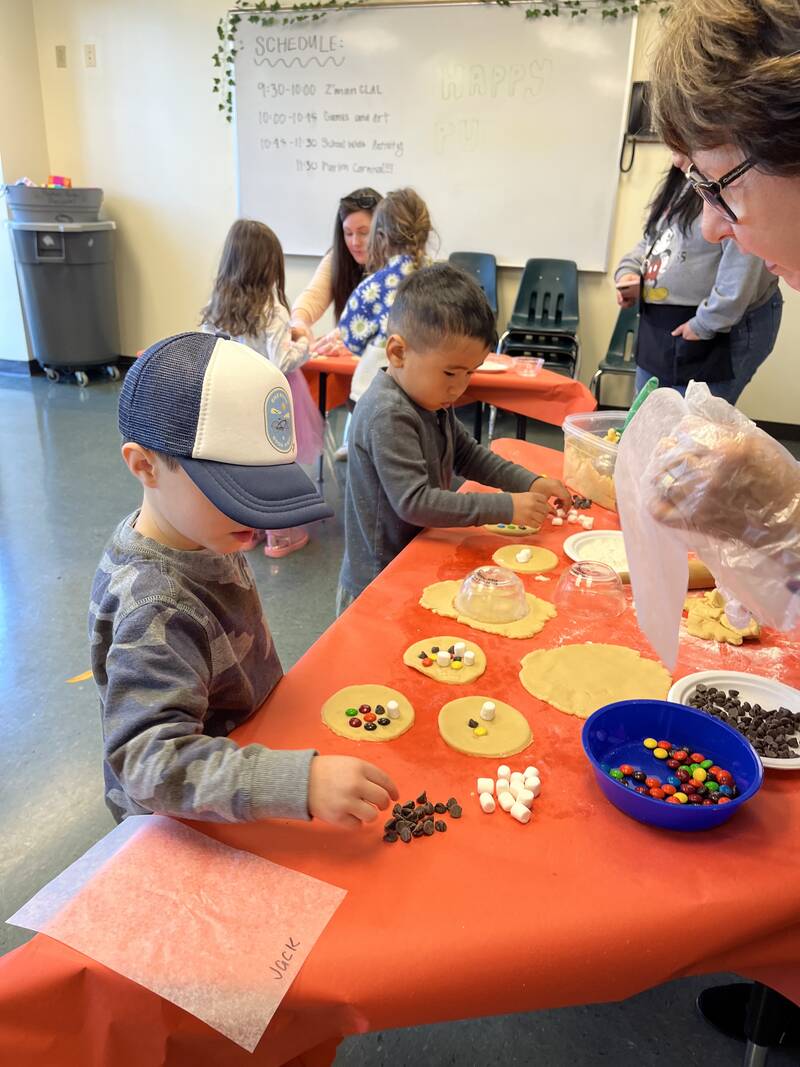
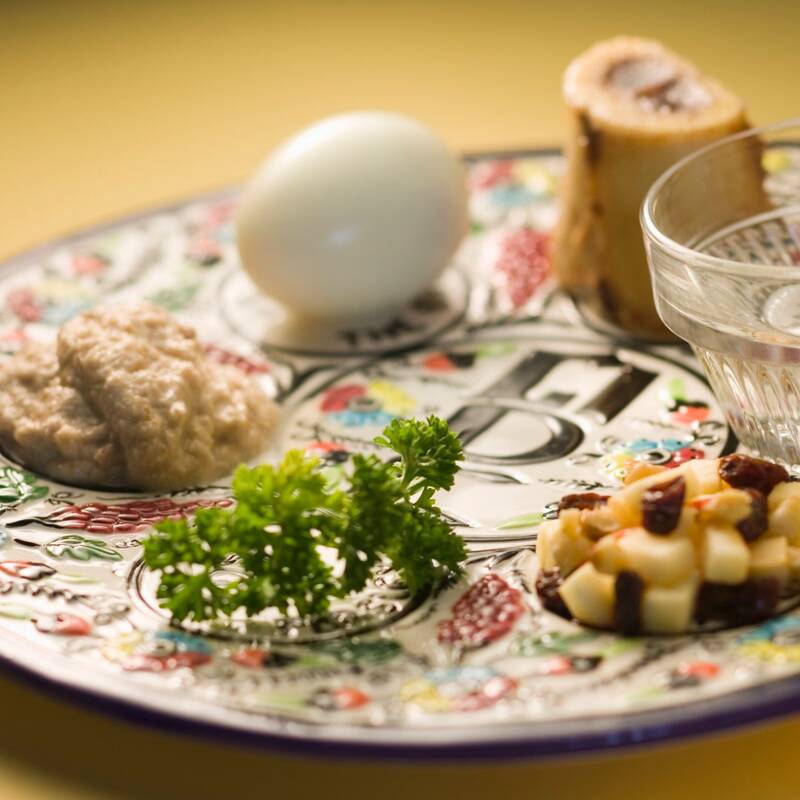
PASSOVER
Today, the Jewish people are free. Thousands of years ago, they were slaves in Egypt. There was a mean ruler in Egypt, King Pharaoh. God chose Moses to help free the Jewish people. Moses went to Pharaoh to tell him to free the Jewish people but he refused. God sent 10 plagues upon the Egyptian people. They were so terrible that Pharaoh finally agreed to let them go. We eat matzah, an unleavened bread to remind us that the Jewish people did not have enough time to let their dough rise for bread before they left Egypt.
The story of Passover is told in a special book called the “Haggadah (retelling).” We read the Haggadah at a special meal called the Seder(order). Special foods are served at the Seder that help to retell the Passover story.
YOM HA-ATZMAUT
On May 14, 1948, David Ben Gurion, the first prime minister of Israel read the Declaration of Independence for the new state of Israel. Every year, Jewish people all over the world celebrate on the Hebrew birthday. In Israel, the people celebrate this joyous holiday by singing and dancing in the streets and by having parades. At preschool, we will have a birthday party for Israel, prepare and eat Israeli food, make flags and march around our synagogue.

SHAVUOT
Shavuot is the time when the Jewish people received the Ten Commandments from God. These are special laws for helping people live together peacefully and as a way of life. On Shavuot, we celebrate the giving of the Ten Commandments.
It is also the Festival of the First Fruits and Festival of the First Grains. We decorate our homes, school and synagogue with fresh flowers and eat the first fruits of the season.
At preschool, we learn “The Ten Good Rules” and make our own commandments for our classroom and homes. We eat the first fruits, make special baskets with flowers for the synagogue and join with the Rabbi for a special celebration.
